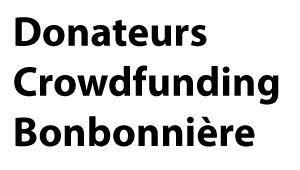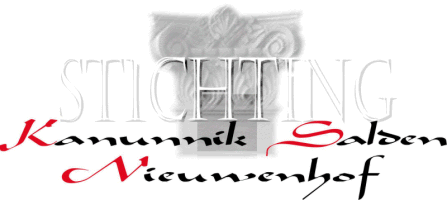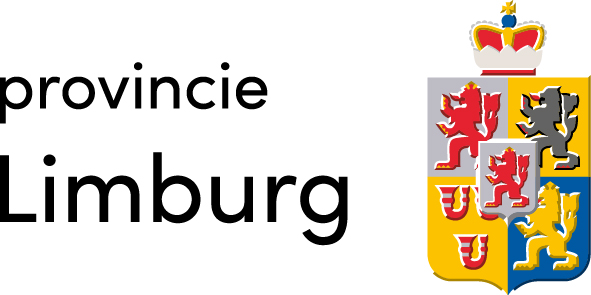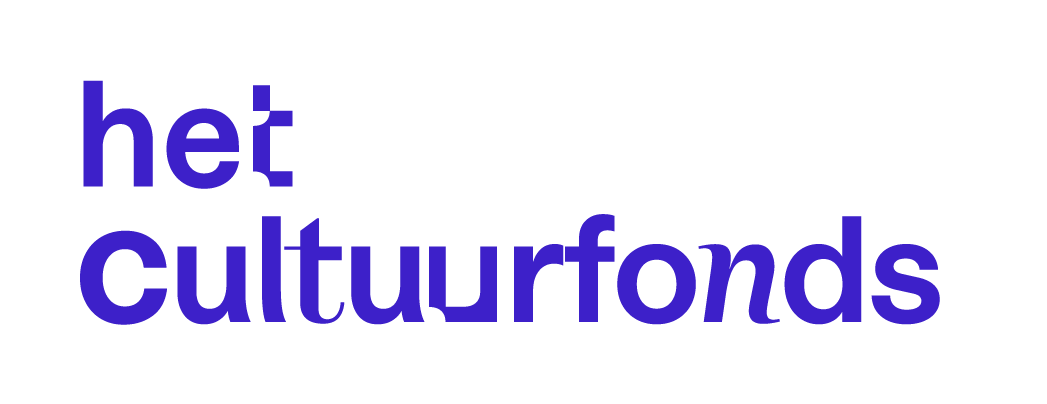THE FIRE CURTAIN Prometheus in Maastricht
In 1982, the then 35-year-old Maastricht painter Gèr Boosten was commissioned to design a painting for the steel fire curtain that had recently been installed in the city theatre, Bonbonnière. The vivid colours Boosten used in his depiction of Prometheus serve as a striking eye-catcher and harmonise well with the tones chosen by Charles Eyck and Peter Struycken for the theatre's ceiling painting and interior. In 1983 Gèr Boosten completed his artwork. He covered the entire fire curtain with numerous sheets of sturdy paper, onto which he applied his composition in oil paint. His theme was a classical myth, which he situated in the setting of the Limburg capital.
In visual sequence we observe the four elements: air, fire, water, earth. Naturally the focus of the painting -after all, it concerns a fire curtain- is on the element of fire. Fire can be regarded as a pars pro toto for civilisation. Most prominent in the image is the hero and demigod Prometheus, who stole fire from the gods and brought it to mankind. Prometheus is considered the saviour of humanity. Thanks to him mortal men became familiar with ‘all skills’ but he also brought them hope and expectation. Fire is, after all, not only destructive but also purifying and inspiring.
Gèr Boosten transposes the story of Prometheus’ theft of fire to Maastricht. We see the Greek demigod descending to earth as a benefactor of mankind and as a founder of their civilisation. He is focused on his treasure: the fire that must bring creative power but also has a cleansing function. On the water we see a small boat. This is the boat of life, in which sits the ‘city virgin’ of Maastricht; under the rear bench, a symbol of time is visible. In the left foreground stands a figure seen from behind wearing a hat on his back. He is the sceptic. Alongside the boat and the helplessly observing figure in the yellow sweater at the top right, a powerful diagonal is formed. Then there is a second diagonal created by the flag bearer to the right of centre. He carries the city flag of Maastricht in red and white. On the right, we see on land the welcoming people of Maastricht with carefree children playing in the foreground. At the top near the horizon a man in a raincoat hurries out of the scene. A lady in the commotion lifts a mask against the blinding light of the fire. On the left bank of the Meuse, a group runs towards us, shouting loudly. On the horizon, the silhouette of the city of Maastricht looms.












